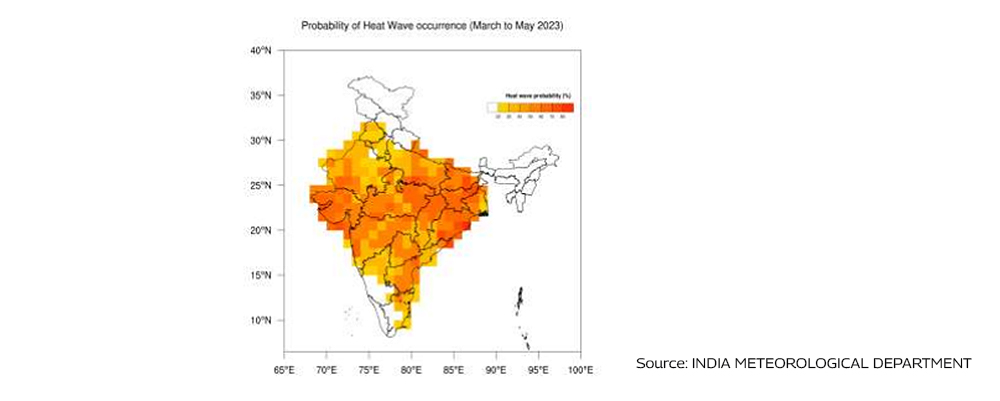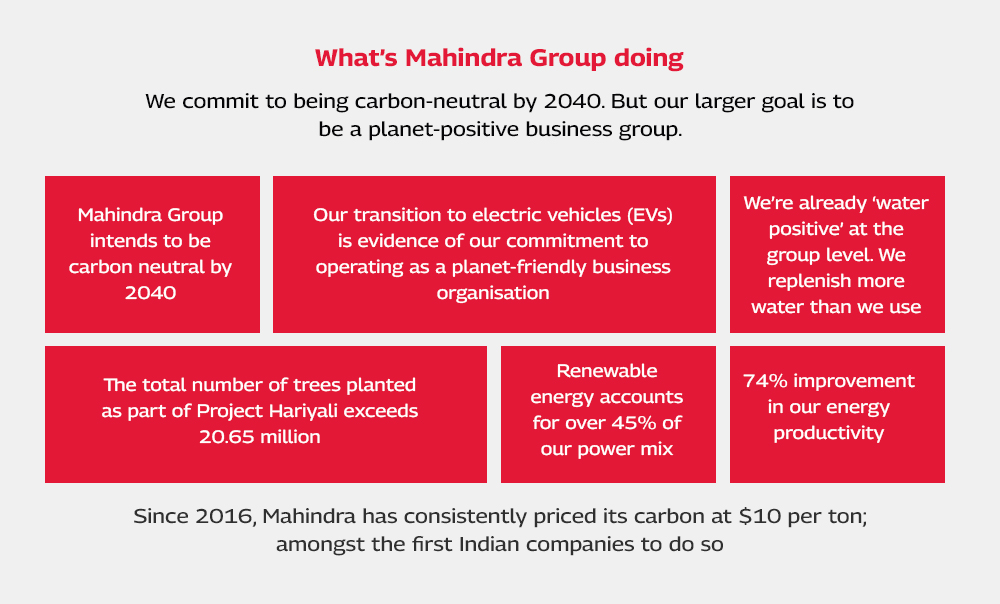Global warming is real. There are more ‘heatwave days’ now, than ever before. The time is ripe for us to work for a ‘cooler’ planet.
The United Nations Framework Convention on Climate Change (UNFCCC) published a report in October 2022 stating that countries are "bending the curve of global greenhouse gas emissions downward," but this is insufficient to limit global warming to 1.50C above pre-industrial levels.
Another study by The Lancet, also released the same month, shows that there were more ‘heatwave days’ in 2021, and that there were significantly more heat-related fatalities between 2017 and 2021.
The two reports, if read in conjunction, paint a very bleak and upsetting picture. The heart of the matter is that we are now more directly affected by global warming than ever – and human beings are not doing much to undo the damage.

Hot days are becoming hotter and more frequent all over the world, while cold days are becoming fewer and scarcer. Several research papers predict that heat waves are expected to be more frequent and intense. And this may pose a grave health risk to our citizens.
According to The Lancet, the drastically changing climate is affecting the spread of infectious diseases, putting populations at higher risk of emerging diseases and co-epidemics. Coastal waters are becoming more suitable for the transmission of Vibrio pathogens; the number of months suitable for malaria transmission increased by 31.3% in the highland areas of the Americas and 13.8% in the highland areas of Africa from 1951–60 to 2012–21, and the likelihood of dengue transmission rose by 12% in the same period, states The Lancet report.
Aside from that, heat waves or hotter days disproportionately affect young children and the elderly. Hotter days foment an array of life-threatening ailments including respiratory, cardiovascular and kidney-related complications.

At a macroeconomic level, an increase in hotter days could unsettle the food security of countries as well. A drop in crop yields or arable land would throw small farmers (and other low-wage earners living in our villages) into misery and poverty. Not to mention, the short supply of agri-commodities in our mandis and markets could trigger a protracted cycle of debilitating inflationary trends.
As a result, it is important for countries to mark up their efforts to reduce greenhouse gas (GHG) emissions, which trap heat in the earth’s atmosphere and cause global warming. ‘Energy used in industry’ alone accounts for over 24% of GHG emissions; transport (at over 16%) and ‘energy used in buildings’ (over 17%) are the other big emitters. It is clear, the vast bulk of GHGs are discharged into the environment as a result of our economic activities – and more specifically, the industry. Hence, the burden of reducing global warming rests evenly on the shoulders of the industry as well.

People from impoverished backgrounds are disproportionately affected by global warming and the resulting climate change. Climate change is always a threat to the poor’s health and livelihood. Extreme weather events such as floods and droughts are very likely to occur more frequently and with greater intensity because of climate change. Climate change only adds to the existing vulnerabilities of the poor.
At the current climate trajectory, global warming will exceed 2.5°C by year 2100. Recurring natural disasters and numerous other adverse externalities may ravage the lives of ‘Earthians.’ Then, it may be too late to reverse the damage we have inflicted on the planet. Now, therefore, is the time for all of us to rise — for a greener and cleaner planet.
You can also share your thoughts in the Comments section below!




